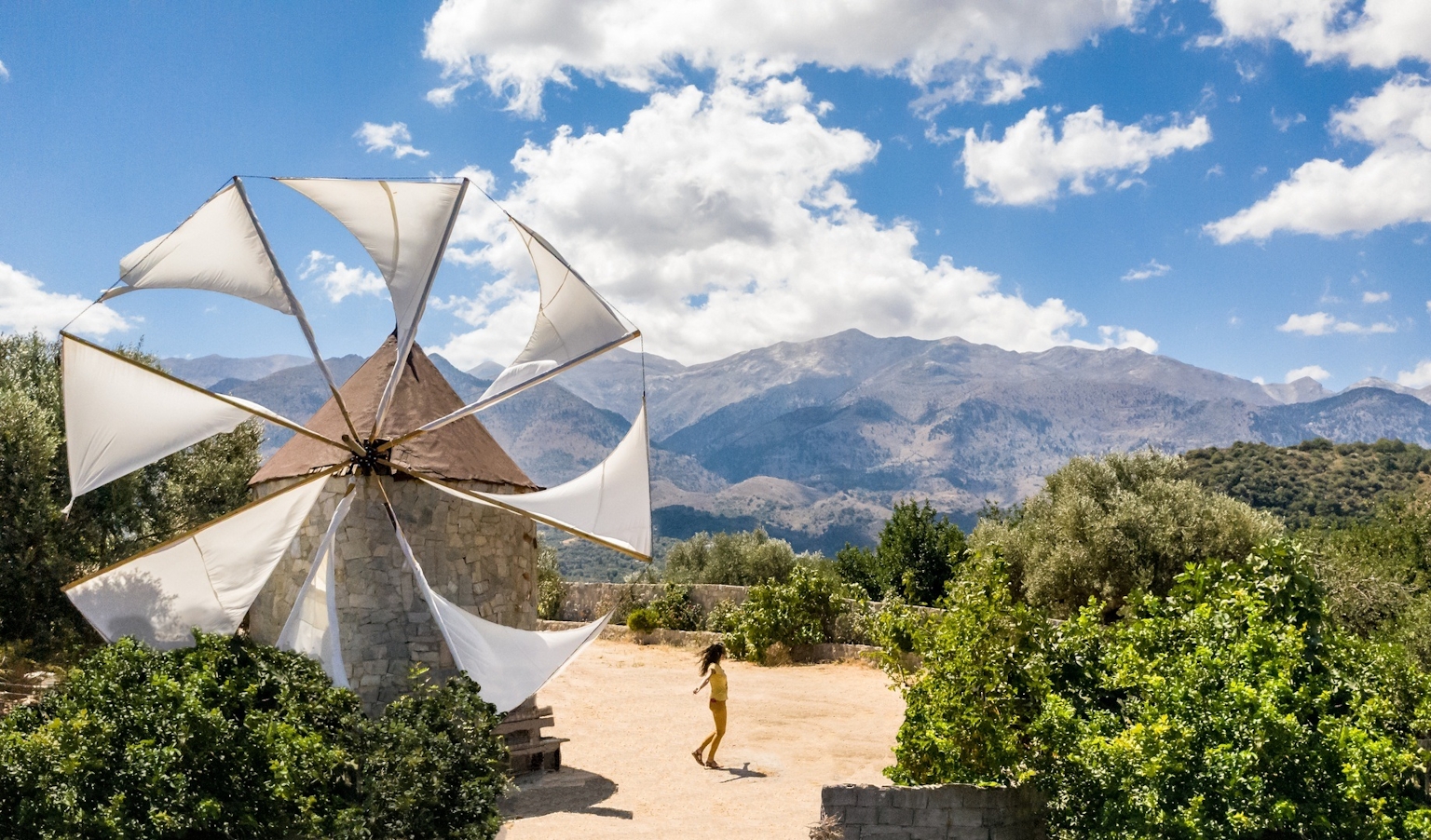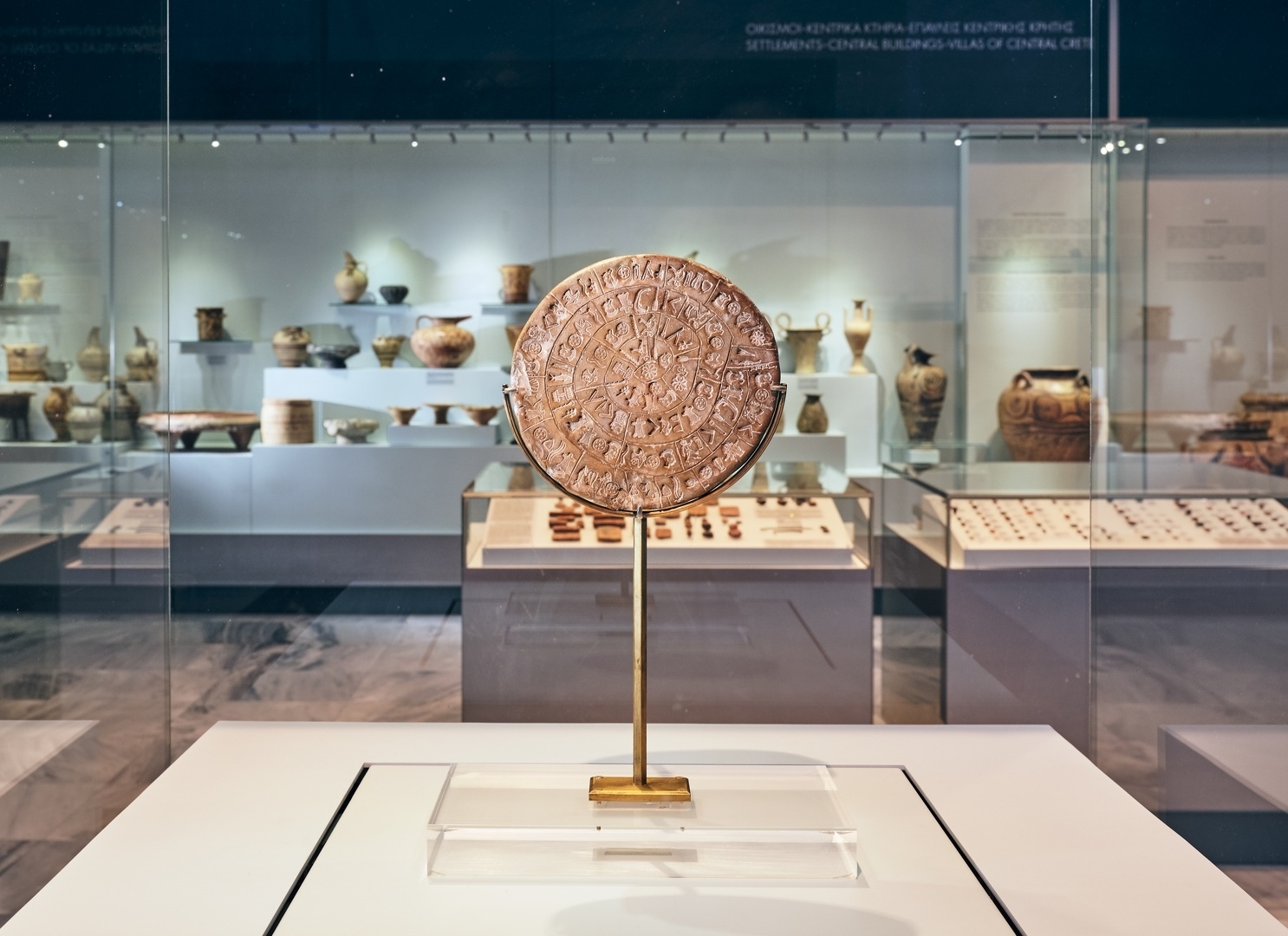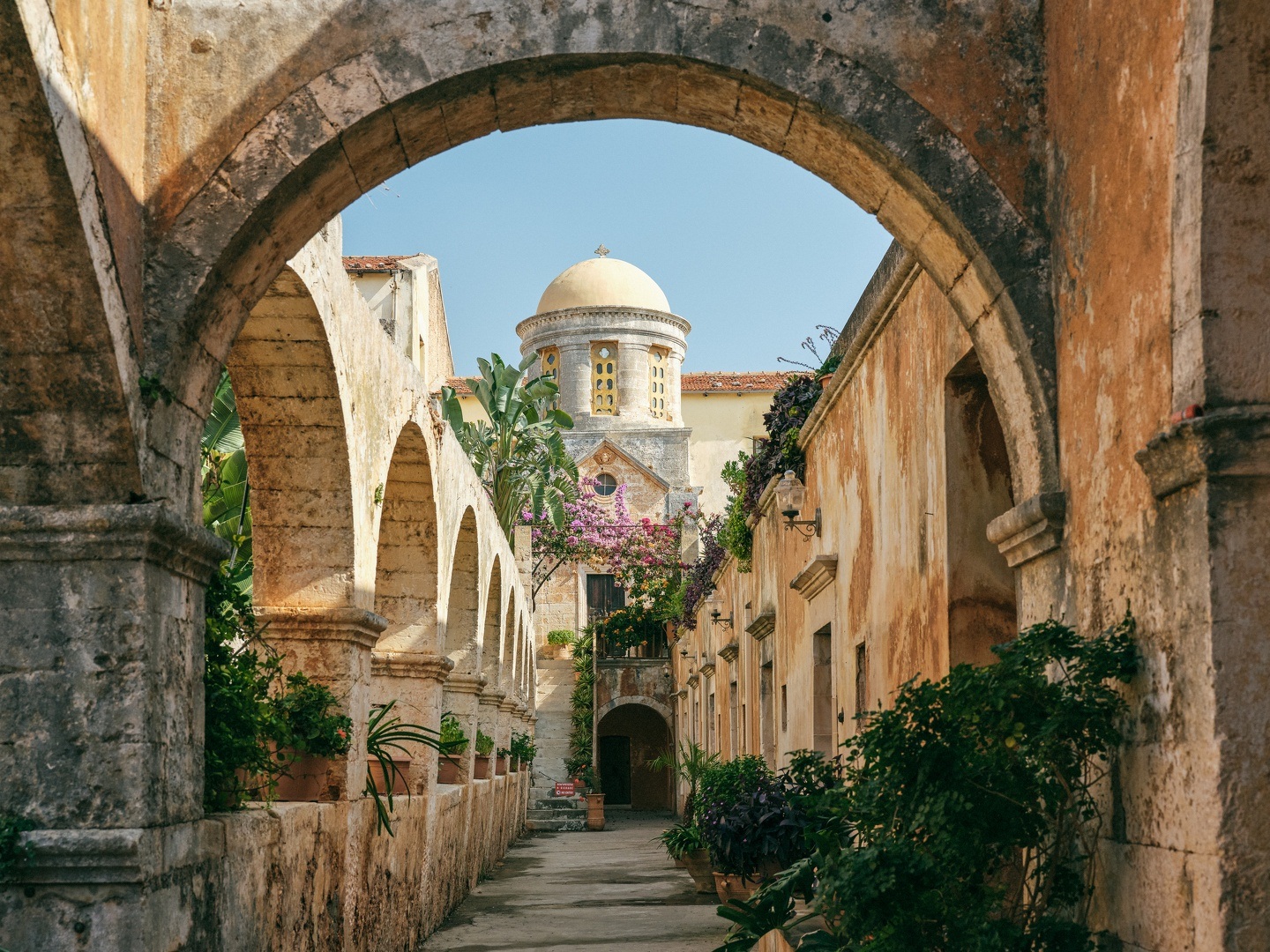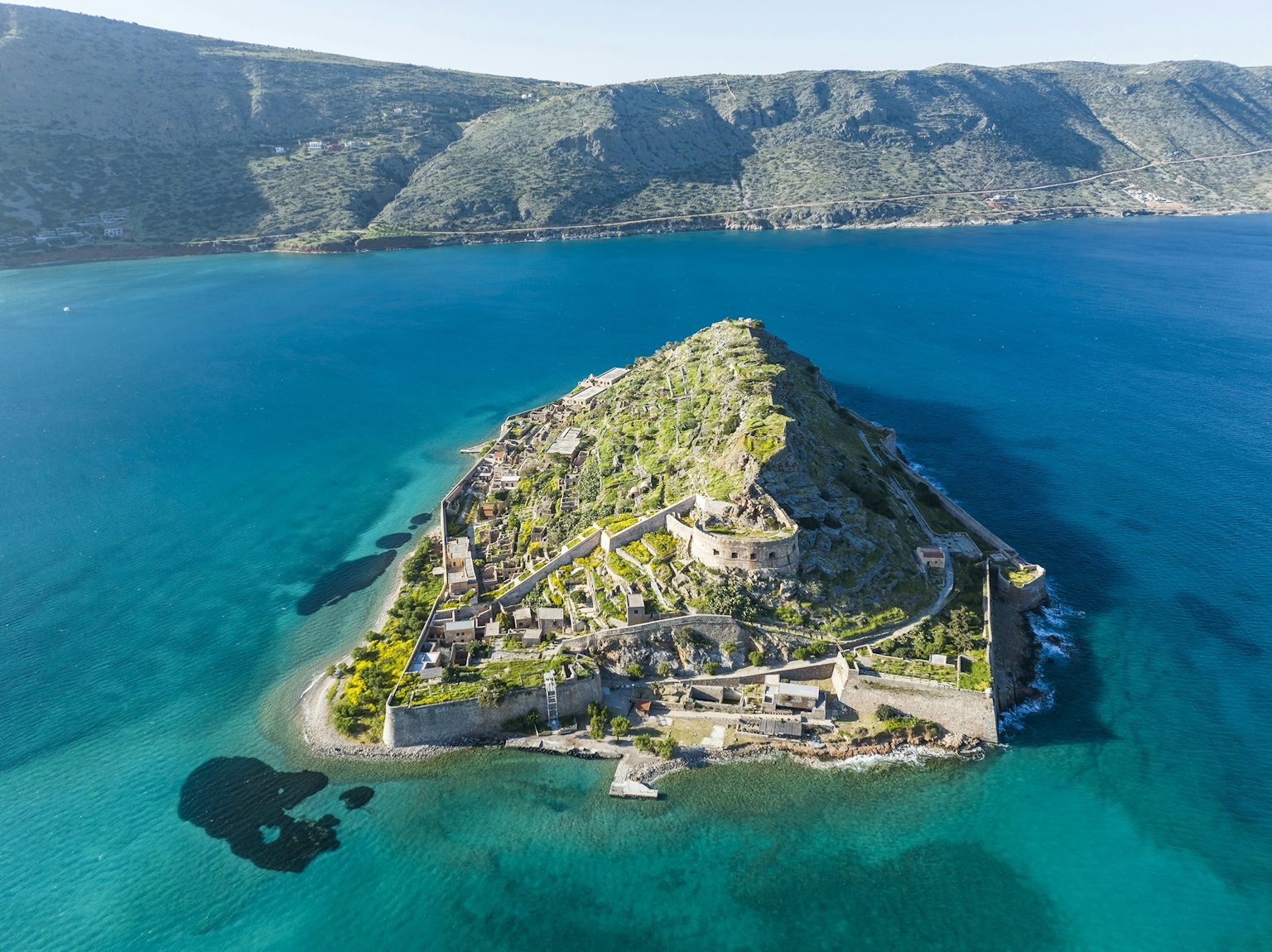Impressive Finds in Ancient Lyttos
Author Discover Crete
Culture
Culture
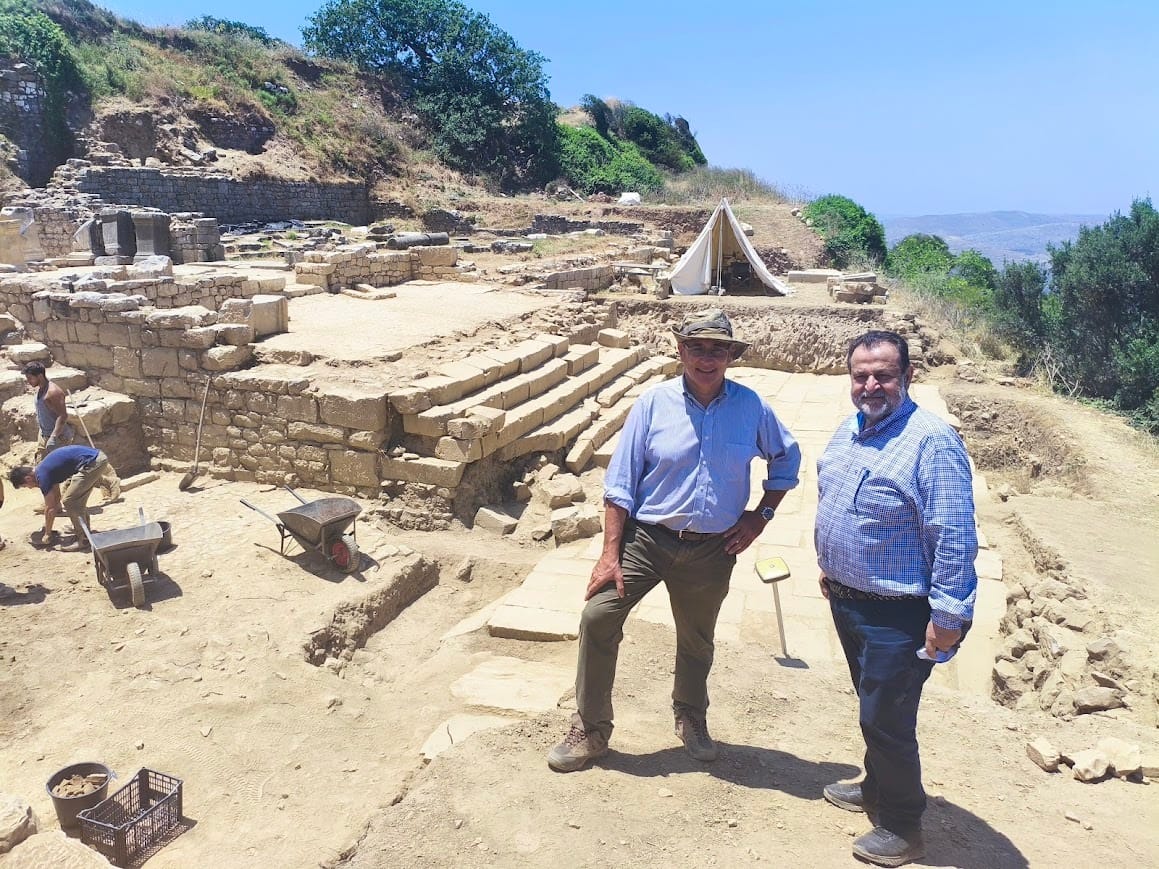

As the five-year excavation program at ancient Lyttos draws to a close, the Mayor of Minoa Pediada Vassilis Kegeroglou, accompanied by Deputy Mayors Kalliopi Apostologiogaki, Manolis Kourletakis, and Municipal Councilor Michalis Samonakis, was guided around the archaeological site by Professor of Ancient History and Classics at the Institute for Advanced Study in Princeton, USA, and co-director of the excavation Angelos Chaniotis, to be updated on the recent important findings from the Imperial period that have come to light.


The mayor's visit reaffirmed the unwavering commitment of the Municipality to support the archaeological work, aiming to highlight and protect this unique archaeological site. The mayor expressed his full satisfaction with this year's excavation results, stressing that the archaeological work must not stop and that the Municipality will do everything possible to assist the archaeologists’ efforts.
The Mayor emphasized that the archaeological discoveries offer valuable information about the long history of the area, and highlighted the necessity for responsible management and promotion of this cultural and archaeological heritage, stating: “We will stand by to help the local community become even more familiar with what this ancient history reveals to us, as an integral part of our identity.”
New Insights on the Imperial Period and the Reconstruction of Lyttos
During the mayor’s tour, Mr. Chaniotis explained that this year’s excavation season revealed significant information about public buildings from the Imperial era, primarily from the 2nd century AD. These buildings, though destroyed by earthquakes, were rebuilt and used for about seven to eight centuries, showcasing the resilience and importance of Lyttos.
Of particular interest is the bouleuterion, a large public building used for decision-making, council meetings, and the worship of the Emperor. This structure was completed in 118 AD and dedicated to Emperor Hadrian. Beyond architectural elements, movable finds were also discovered, such as a small piece of a statue possibly replicating the famous statue of Pothos, and a huge quantity of architectural fragments that decorated the interiors of the public buildings. Notably, just in the last few days, half a ton of colorful marbles were found, originating from across the Roman Empire, indicating the city’s wealth and prosperity.

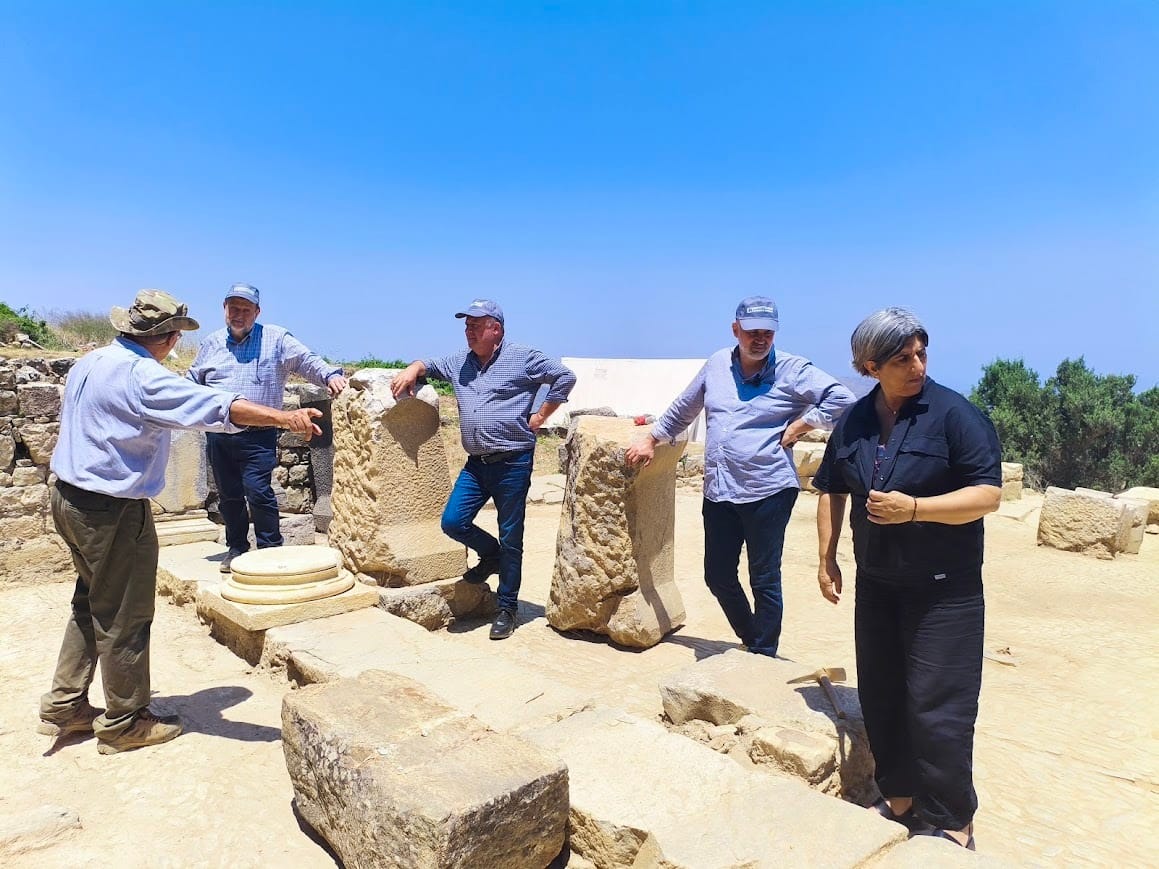
Information about Private Buildings and the Location of the Theater
The excavations also brought surprises regarding a building initially thought to be private. This year, it was revealed to be a much larger and more complex structure, at least 20 meters long, with multiple construction phases spanning from the Hellenistic period to the Imperial era and the 4th century AD. In fact, within this building, four seats from the Lyttos theater were found reused. This discovery is crucial, as the theater of Lyttos, known from Onorio Belli’s 1586 drawing as the largest in Crete, can now be confidently located close to the public buildings on the eastern slope of the acropolis. Identifying the theater is now a primary goal of future excavations.
A Wealthy Commercial Power of the Imperial Period
As Mr. Chaniotis emphasized, the large number of imported marbles from Phrygia (modern Ankara) and other Greek islands clearly indicates Lyttos’ wealth during the Imperial period, largely thanks to trade in wine and oil.
The Future of the Excavations
Following the completion of the five-year program, the next stage is the study of the findings. Funding has already been secured for two archaeologists-art historians to remain on-site for a year to study the material. The goal is also to identify new areas for future excavations, focusing not only on public buildings but also on residential architecture, to better understand the everyday life of ordinary people in Crete during the Imperial era. With the second largest number of inscriptions after Gortyn, Lyttos already provides rich information about all social strata, including slaves and funerary monuments that add an emotional dimension to the site’s history.


Mr. Kegeroglou warmly thanked Mr. Chaniotis, along with the other two co-directors of the excavation: Associate Professor of Mediterranean History and Archaeology at the Institute for the Study of the Ancient World at New York University, Antonis Kotsonas, and Head of the Heraklion Ephorate of Antiquities, Dr. Vasiliki Sythiakaki, for their unwavering assistance, patience, persistence, and dedication, which led to these significant results. He also acknowledged the valuable contribution of the American universities supporting the program, the entire scientific team (19 members from various countries) and the 12 workers, including students from Spain, China, France, the United States, England, and Greece.

